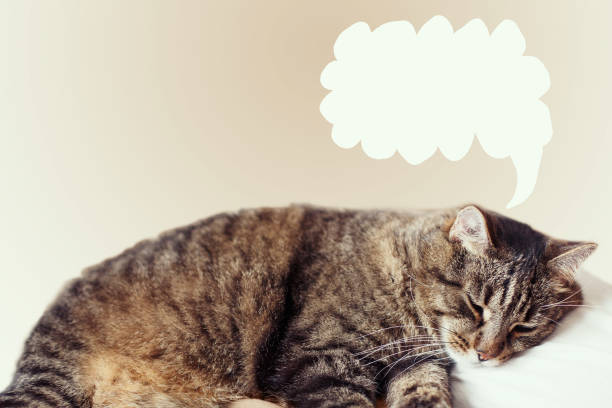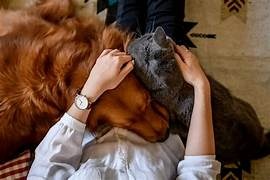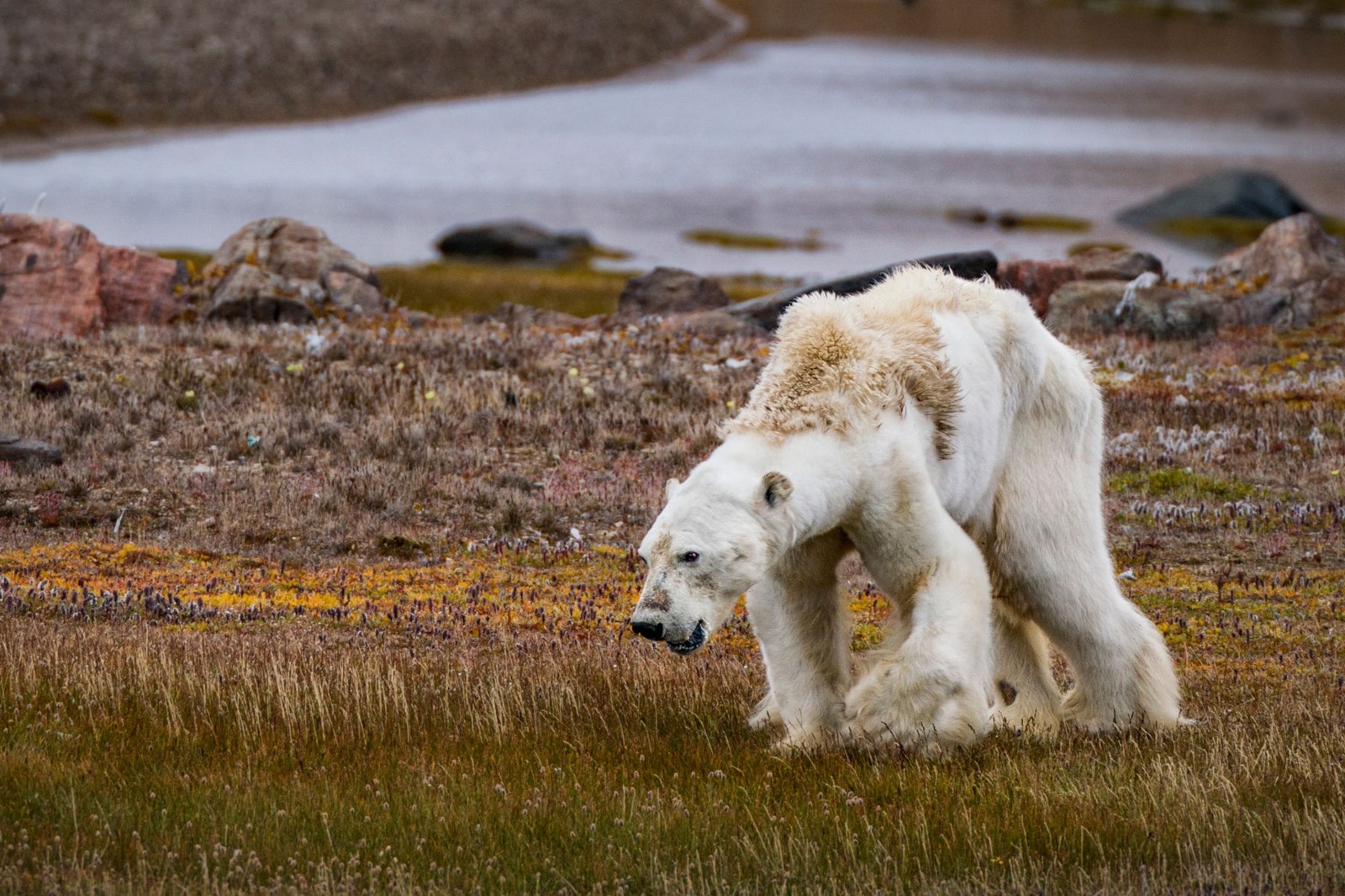
Can Pets Dream? What Science Says About Animal Sleep
Delve into the science behind animal sleep and explore whether our pets really dream. Uncover what science reveals about the fascinating world of pet slumber and dreams.
🐶 Pet Star
23 min read · 31, Jan 2025

The Mystery of Pet Sleep
The room was quiet, save for the soft breathing of Bella, Sarah’s golden retriever, as she curled up on the couch. Every so often, Bella’s legs twitched, her tail flicking as if she were chasing something. Sarah watched in wonder, pondering a question she had long been curious about: Do pets dream?
Anyone who has ever shared a bed with a dog, cat, or even a rabbit, knows that pets have their own unique way of sleeping. But what about the mysterious twitches, tail wags, or soft whimpers they make in their sleep? Could it be that they are dreaming just like humans? As we continue to deepen our understanding of animal behavior, the question remains: Can pets dream?
Understanding Sleep in Animals
Before diving into whether pets dream, it’s important to first understand how animals sleep. Sleep is an essential function for all mammals, including our pets. It plays a crucial role in memory consolidation, body repair, and emotional well-being. However, sleep in animals varies greatly depending on the species, age, and even the environment.
Pets, like humans, experience different stages of sleep. These include both Non-Rapid Eye Movement (NREM) sleep and Rapid Eye Movement (REM) sleep. It’s during the REM phase that dreams are thought to occur in humans. This phase is characterized by rapid eye movement, irregular breathing, and muscle paralysis. Animals experience this stage too, though their sleep cycles are different from ours.
The Science of Pet Dreams: Do Animals Dream?
Research into animal sleep has shown that many pets, such as dogs, cats, and even rats, experience REM sleep, the stage of sleep associated with dreaming. In fact, studies have shown that dogs spend around 10-12% of their sleep in REM. This raises an interesting question: If animals enter REM sleep, does that mean they dream?
Dr. Matthew Wilson, a professor of neuroscience at MIT, has conducted studies on rats that suggest animals may indeed experience dreams. Wilson's team observed that rats, when awake, appeared to be performing tasks similar to those they had completed during the day, such as running through mazes. His findings suggested that rats may dream about their daytime experiences during REM sleep, a phenomenon that seems likely to extend to other mammals as well.
The idea that animals can dream is further supported by the fact that animals exhibit similar physical behaviors during sleep as they do when awake. For example, dogs might twitch their paws, wag their tails, or make vocalizations during REM sleep. These behaviors mirror what dogs do when they are awake and engaged in physical activities, like running or playing.
What Do Pets Dream About?
Now that we know that pets, particularly dogs and cats, experience REM sleep, the next question is: What exactly do they dream about? While it's impossible to ask a pet directly, scientists speculate that their dreams are likely related to their daily activities.
For example, Bella, Sarah's golden retriever, might dream about chasing after a ball or playing with other dogs at the park. Cats, on the other hand, may dream about hunting or climbing trees. These dreams are likely driven by the pet’s daily experiences and instincts, similar to how humans often dream about things they have encountered in their waking life.
Pets also seem to dream about emotional experiences. Dogs and cats may dream about the interactions they have with their owners, especially the ones that involve strong emotional connections. A dog might dream about playing fetch with their owner or being petted and cuddled. This emotional component of dreams highlights the deep connection pets share with their humans.
Can Pets Have Nightmares?
If pets can dream, it stands to reason that they could also experience nightmares. Just like humans, pets may experience unpleasant or frightening dreams based on their life experiences. A pet that has been through trauma or stress may have nightmares related to those events.
For instance, a dog that has been rescued from an abusive situation might experience nightmares related to that trauma. This could manifest as whining, growling, or jerky movements while they sleep. Likewise, a pet that has encountered a frightening experience, such as a loud thunderstorm or a visit to the vet, may have nightmares that reflect their fear or anxiety.
If you notice your pet seems distressed or frightened during sleep, it’s a good idea to monitor their overall well-being and consult with a veterinarian if needed. Pets can sometimes experience sleep disorders or anxiety that affect their sleep patterns and overall behavior.
How to Help Your Pet Sleep Better
Given the importance of sleep in maintaining your pet’s overall health, ensuring they get enough restful sleep is essential. Here are some tips to help your pet achieve better sleep and reduce the risk of nightmares or sleep disturbances:
a) Establish a Comfortable Sleeping Area: Make sure your pet has a quiet, cozy, and safe place to sleep. A comfortable bed and a calm, familiar environment can help your pet sleep soundly.
b) Exercise and Mental Stimulation: Regular physical exercise and mental stimulation during the day can help your pet expend energy and reduce restlessness at night. This can help them fall into a deeper, more restful sleep.
c) Establish a Routine: Pets thrive on routine, so try to establish a regular sleep schedule for your pet. Consistent feeding times and bedtime rituals can help your pet wind down and prepare for sleep.
d) Provide Comforting Sounds: If your pet experiences anxiety or nightmares, consider playing soothing music or using a white noise machine to create a calming atmosphere during sleep.
e) Monitor for Sleep Issues: If you notice signs of excessive sleep disruption, such as constant waking, whining, or unusual behaviors during sleep, it may be worth consulting a veterinarian to rule out any underlying health issues.
Conclusion
While we may never know exactly what our pets dream about, the science behind animal sleep suggests that it’s very likely that pets, particularly dogs and cats, do indeed experience dreams. The behaviors they exhibit during REM sleep, such as paw twitching and vocalizations, indicate that their sleep is similar to our own in many ways. Whether it’s a dream about chasing a ball, exploring the outdoors, or enjoying time with their owners, it’s clear that sleep plays an essential role in the well-being of our pets.
So, the next time your pet is twitching or wagging their tail in their sleep, you can rest assured that they might just be reliving the best parts of their day—or even experiencing something new and exciting in the world of dreams.
Q&A: Understanding Pet Dreams and Sleep
Q: Do all pets experience REM sleep?
A: Most mammals, including dogs and cats, experience REM sleep, the stage of sleep associated with dreaming. Other animals, such as birds and even some reptiles, may also experience REM sleep, though it’s not as well understood.
Q: Can my pet’s nightmares be harmful?
A: While occasional nightmares are normal, chronic nightmares or sleep disturbances may indicate underlying anxiety or health issues. If your pet’s sleep seems disrupted or they exhibit signs of distress, it’s best to consult a veterinarian.
Q: How can I tell if my pet is dreaming?
A: Pets often exhibit physical movements during REM sleep, such as paw twitching, tail flicking, and vocalizations. These behaviors suggest that they may be experiencing dreams.
Q: Can pets have dreams about their owners?
A: Yes, pets can likely dream about their interactions with their owners, as these experiences play a significant role in their emotional and social lives. Many pet dreams are tied to their daily activities and relationships.
Q: Do different pets dream about different things?
A: It’s likely that different species and individual pets dream about things related to their instincts and daily experiences. Dogs may dream about running or playing, while cats may dream about hunting.
Understanding pet sleep is a fascinating subject, and as science continues to explore the intricacies of animal behavior, we may gain even more insight into the mysteries of pet dreams. For now, it’s enough to know that, just like us, our pets experience a rich world of sleep and dreams, adding to the unique bond we share with them.
Similar Articles
Find more relatable content in similar Articles

Pets and Mental Health: The Science Behind Emotional H..
Discover the profound impact o.. Read More

How Pets Strengthen Family Bonds...
Pets are more than just compan.. Read More

The Growing Trend of Therapy and Emotional Support Ani..
Exploring the remarkable rise .. Read More

How Climate Change Affects Wild and Domestic Animals...
Climate change is dramatically.. Read More
Explore Other Categories
© 2024 Copyrights by rPets. All Rights Reserved.